Smell after fixing leak under sink
Emily9876
10 years ago
Featured Answer
Sort by:Oldest
Comments (20)
sdello
10 years agoRelated Professionals
Hopewell Kitchen & Bathroom Remodelers · Idaho Falls Kitchen & Bathroom Remodelers · Park Ridge Kitchen & Bathroom Remodelers · South Park Township Kitchen & Bathroom Remodelers · Spokane Kitchen & Bathroom Remodelers · Hampton General Contractors · Hillsborough General Contractors · Kilgore General Contractors · Hampton Bays Painters · Hanover Park Painters · Lynnwood Painters · Orem Painters · Shaker Heights Painters · Vernon Hills Painters · Wyoming PaintersEmily9876
10 years agosdello
10 years agoionized_gw
10 years agokirkhall
10 years agoinox
10 years agoionized_gw
10 years agoEmily9876
10 years agoenergy_rater_la
10 years agoEmily9876
10 years agojcalhoun
10 years agoJoseph Corlett, LLC
10 years agoionized_gw
10 years agojcalhoun
10 years agoionized_gw
10 years agokitasei
10 years agojcalhoun
10 years agoenergy_rater_la
10 years agoJohnKelly
10 years ago
Related Stories

HOUSEKEEPINGHow to Fix a Stinky Garbage Disposal
No plumber’s fee or even a trip to the hardware store is required with these easy solutions
Full Story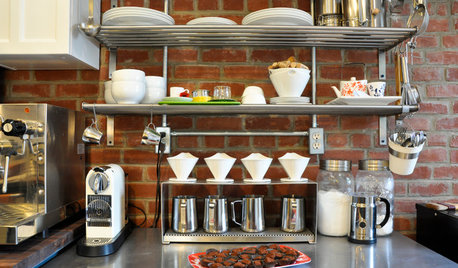
KITCHEN DESIGNSimple Pleasures: Wake Up and Smell the Coffee
Slugging down any old sludge while pulling on socks is no way to start the day. Learn to brew amazing java and savor the experience here
Full Story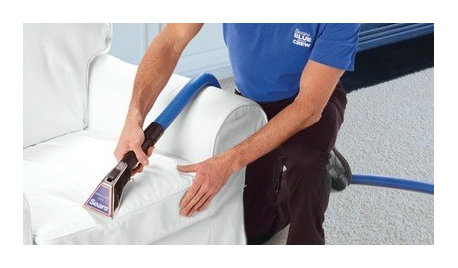
HOUSEKEEPINGWhat's That Smell? What to Do About Stinky Furniture
Learn how to diagnose and treat pet and other furniture odors — and when to call in a pro
Full Story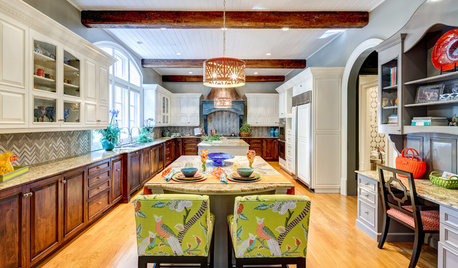
BEFORE AND AFTERSKitchen Rehab: Don’t Nix It, Fix It
A small makeover makes a big impact in a traditional kitchen in Atlanta with great bones
Full Story
LIFEYou Showed Us: 20 Nutty Home Fixes
We made the call for your Band-Aid solutions around the house, and you delivered. Here's how you are making what's broken work again
Full Story
HOUSEKEEPINGWhat's That Sound? 9 Home Noises and How to Fix Them
Bumps and thumps might be driving you crazy, but they also might mean big trouble. We give you the lowdown and which pro to call for help
Full Story
SELLING YOUR HOUSEFix It or Not? What to Know When Prepping Your Home for Sale
Find out whether a repair is worth making before you put your house on the market
Full Story
LIFEHouzz Call: Show Us Your Nutty Home Fixes
If you've masterminded a solution — silly or ingenious — to a home issue, we want to know
Full Story
SELLING YOUR HOUSE5 Savvy Fixes to Help Your Home Sell
Get the maximum return on your spruce-up dollars by putting your money in the areas buyers care most about
Full Story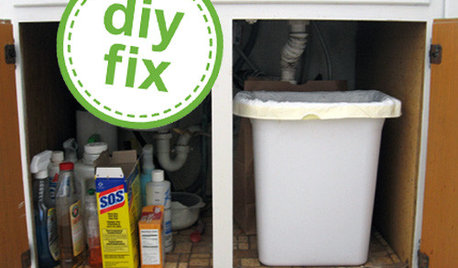
KITCHEN DESIGNQuick Project: Brighten the Space Under Your Kitchen Sink
Give yourself a lift with a refreshed place for your kitchen cleaning supplies
Full Story





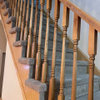

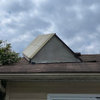
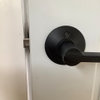
energy_rater_la